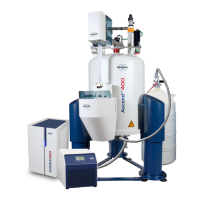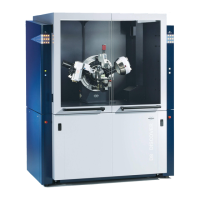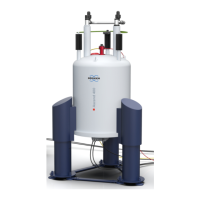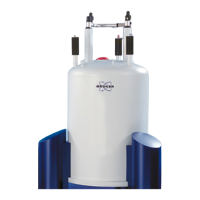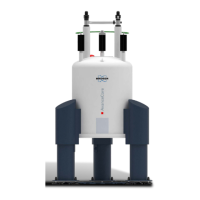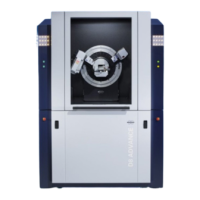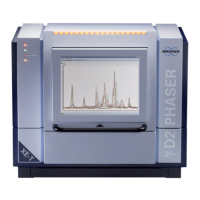Environment and Site Survey Measurement
H157655_1_008 53
7.3.2.1 Measuring DC Fluctuating Fields
DC EMF measurements should be conducted using a 3 axis fluxgate magnetometer placed
at the location of the planned magnetic center. The fluxgate sensors must be capable to
accurately measure fields in the range ±100 µT (or better ±1 mT in a laboratory with
unshielded magnets). The quality of the fluxgate sensors and acquisition system should
result in accuracy better than 5 nT. The sensor signals are recorded with an analog data
acquisition system at a sampling rate of 2’500 S/s or more. The data is processed (digital LP
-filter with fc = 1.3 Hz) and subsampled to 2 S/s so that the AC (> 1 Hz) components are
efficiently suppressed. Measurements should be performed during actions in the environment
causing field changes. Typically this results in a measurement during a full working day (9 to
17) and performing all actions causing DC interferences (such as moving a forklift or
operating an elevator). In addition, an over-night measurement is recommended to separate
singularities from constantly present interferences.
The measurement of DC and AC EMF interference can be performed with the same
hardware (fluxgates). The recorded waveform is processed in different ways.
7.3.2.2 Guidelines for DC Interference
When determining the effect of fluctuating magnetic fields, two parameters are important: the
size of the fluctuation and the rate of change, as follows:
• In a moving window of 1000 seconds the difference of the maximum and minimum values
from the filtered and sub-sampled data set should not exceed:
– B = B
max
-B
min
< 1400 nT (peak to peak) for the frequency range 0…1 Hz.
Note this guideline is shown with a red line in the figure Figure 7.10 [}55] (the
threshold of 700 nT represents 0 to peak).
• The absolute value of the derivative should not exceed:
–
Note this guideline is shown with a green line in the figure Figure 7.10 [}55].
The distance to subways, trams and DC feeder lines should be at least 100 m, otherwise you
should contact your local Bruker office for further clarification.
7.3.2.3 Reducing DC Interference
Two Bruker technologies help to suppress the DC field perturbations:
• Modern magnets with EDS
TM
technology (External Disturbance Suppression) efficiently
suppress interferences by a factor ~25-1000, depending on the model and disturbance
frequency.
• The advanced digital lock (if present) further suppresses the field fluctuations at the
sample. Depending on various parameters, its efficiency varies considerably. Lock hold
(for example during gradient pulses) and a strong external field change may lead to
difficulties.
